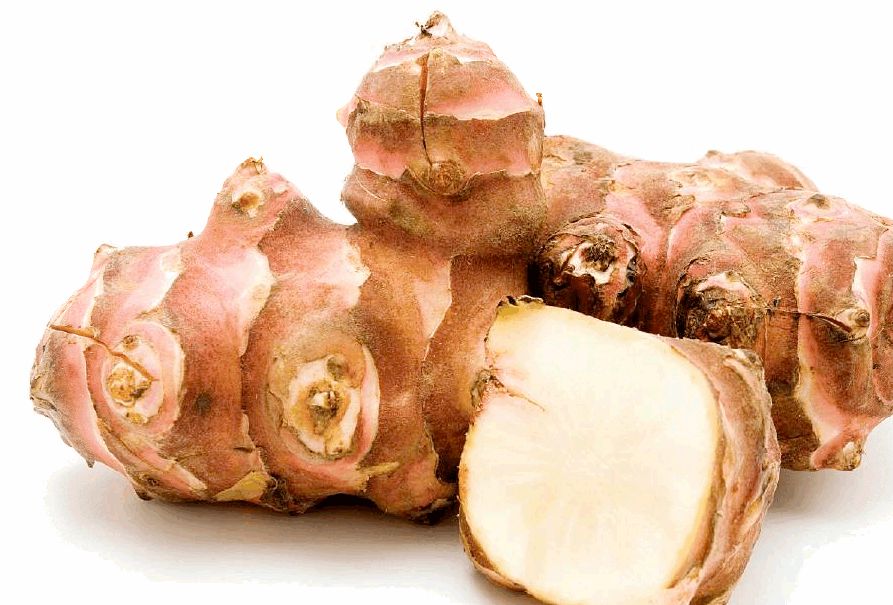The Case for Soluble Fiber
It may be easy to think of fiber as a uniform category of ingredients, but is soluble fiber getting the attention it deserves?
Photo © iStockphoto.com/only_fabrizio

By Peter Swann, ISOThrive
It seems like every time you turn around there’s another fiber product on the market: fiber that dissolves in water, fiber bars that look like brownies, fiber gummies, and so on. As innovative as these products are, they may also suggest manufacturers are trying to disguise fiber. Why? It may be because people have the idea that there’s only one kind of fiber, that it tastes like straw, or that it causes gas. Those aren’t exactly strong selling points.
The truth is, though, that not all fiber sources are the same, and not all of them cause gas. Many substances that aren’t actually fiber are being lumped into the fiber category, and it’s these substances that are giving fiber a bad name.
Soluble Fiber Versus Insoluble Fiber
It’s time to clear up the confusion. There are two main types of fiber-soluble and insoluble-but most people think insoluble fiber is the only game in town. Insoluble fiber, also known as bulk fiber, can be thought of as a transport mechanism, like a gondola that helps move your digesting food through the alimentary canal. It provides stool bulk, slows gastric emptying, and can blunt the rise in blood glucose if you’ve eaten too much sugar.
Meanwhile, soluble fiber, which is often referred to as prebiotics, may not be getting the attention it deserves. This kind of fiber is comprised of food components that feed the beneficial bacteria in the gut, helping them successfully compete against harmful microorganisms in the colon. Insoluble fibers are mostly indigestible by humans. They often survive the digestive processes of the small intestine and arrive at the colon relatively intact, where they can provide nourishment for fermentative bacteria.
Beneficial bacteria in the gut actually ferment the soluble fiber, which creates short chain fatty acids (SCFAs), the primary energy source for cells of the colon’s lining. Colon cells that are fed with SCFAs increase their production of intermediary substances that may lead to numerous health benefits, including decreased appetite, regulation of cholesterol, improved mineral absorption, and regulation of inflammation and immune function.
A serious problem occurs when beneficial gut bacteria don’t get enough prebiotic soluble fiber. In order to survive, they will ferment the oligosaccharides that make up the mucus lining of the gut. When that happens, the body’s primary protection from harmful bacterial and viruses is compromised, increasing the chances of infection. That’s because the gut houses roughly 70% of the body’s immune cells; if the gut is compromised, so is the immune system.
When the gut’s lining is damaged in this way, it can leads to leaky gut syndrome, a primary source of inflammation throughout the body. This cascade of events may help explain the direct correlation between low-fiber diets, general ill health, and the myriad chronic diseases we see in Western society.
Sources of Soluble Fiber
The only kind of food that beneficial gut bacteria eat is soluble fiber, which comes from two primary dietary sources. The first is fermented foods, such as kimchi, sauerkraut, and traditionally fermented whole-grain sourdough breads. The second is root-type vegetables, including garlic, leaks, onion, chicory, and Jerusalem artichoke. Cooking reduces the prebiotic fiber content of these vegetables, so it’s best to eat these raw, if possible.
In short, the type of fiber that the body needs most-and is most deficient in-is soluble fiber. And given the modern food supply in Western society, getting enough of it through dietary sources is challenging. How many of us eat multiple servings of raw vegetables and fermented foods each day? This is one area where dietary supplementation is usually required.
The gut’s beneficial bacteria are well served by a quality prebiotic supplement. But many such supplements-including fructooligosaccharides (FOS), oligofructose, or inulin-can bring about unpleasant digestive symptoms like bloating, gas, and discomfort. A more attractive alternative may be a prebiotic soluble fiber created via natural fermentation processes, which has been shown to be well tolerated in the digestive tract.
Peter Swann, MD, is chief medical officer of ISOThrive and a subject-matter expert in the fields of prebiotics, probiotics, and the microbiome. He is a board-certified family physician with a focus on patient health, wellness, and prevention. A graduate of Dartmouth College and Tufts University School of Medicine, Swann is also a fellow of the American Academy of Family Physicians and the American College of Occupational and Environmental Medicine.
Read more:
At IFT, Fiber Suppliers “Confident” FDA Will Define Their Ingredients as Dietary Fibers
Fiber Market Flourishes in 2015
Chicory Root Fiber Granted Blood Glucose Health Claim in Europe
Polyphenols: The next generation of prebiotics is ready for liftoff
April 21st 2025Explore the prebiotic health benefits of polyphenols and the positive impact they may have on digestive and immune health. Polyphenols, such as those found in European black elderberry, may be an ideal solution for manufacturers trying to break into the digestive health space.

.png&w=3840&q=75)

.png&w=3840&q=75)



.png&w=3840&q=75)



.png&w=3840&q=75)









